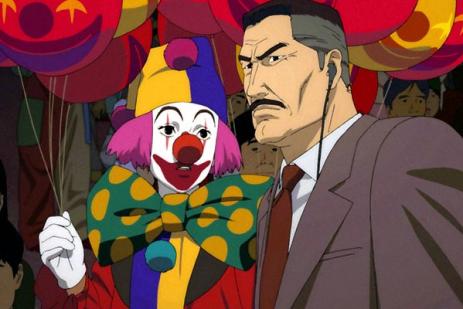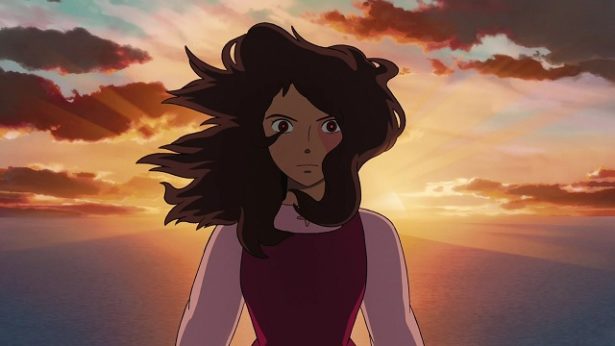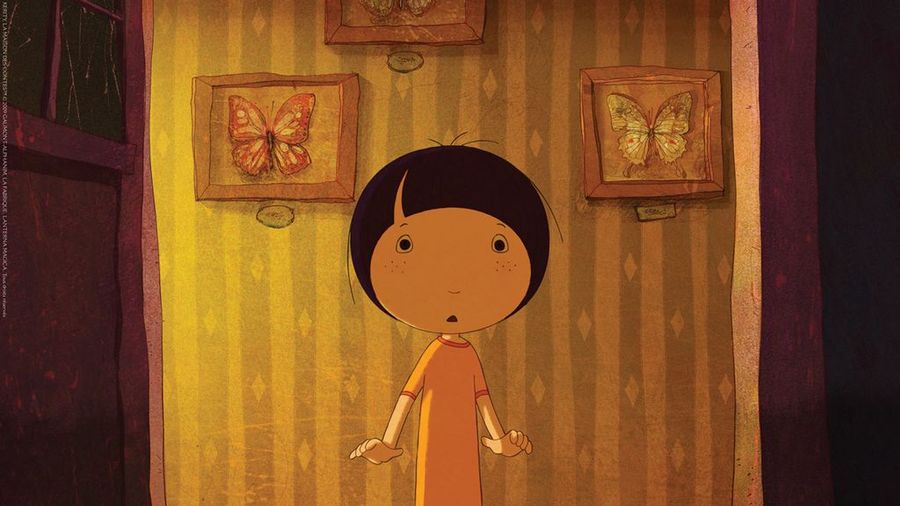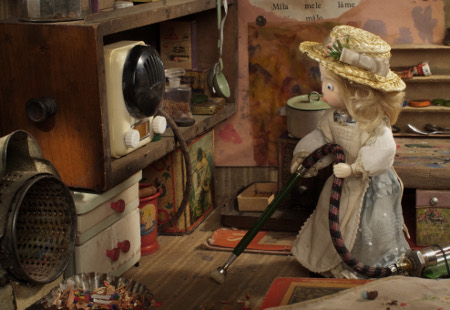The Little Prince Review: How Many Essentials do You Want?
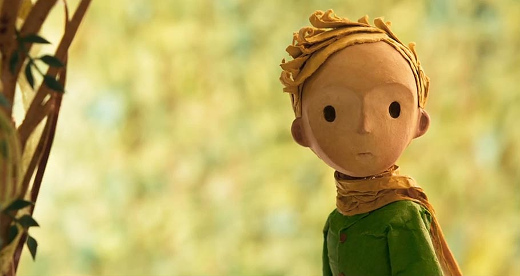
It is really the first time after all these years that the worldwide loved The Little Prince (1943) by the French aviator and writer Antoine Saint d' Exupéry finds its way to animation as a feature film.
And with a good reason: how can you adapt the episodic structure and the laidback, serene and otherworldly attitude of the novel into a three-act structure to build a narrative arc? The visual look and drawings in the book also present their unique problems, which need to fit in an increasingly complex 3D world.
US director Marc Osborne (Kung Fu Panda), along with his French producers Dimitri Rassam, Aton Soumache and Alexis Vonarb, were well aware of the problems before going into production.
Their solution to narrative was to use a framing story of a curious young girl (Mackenzie Foy), who lives under the shadow of her demanding mother (a brilliant Rachel Mc Adams).
After moving into a new neighborhood -which has all the modernist elements of Tati's Mon Oncle (1958), kudos to production designer Lou Romano - the girl discovers an old eccentric neighbour "The Aviator" (Jeff Bridges), and his own story of a pilot who met little prince in an extraordinary adventure.
The inspired choice was to make the little prince story in stop-motion, with puppets out of paper and clay (supervised by Jamie Caliri), at the same time tangible and ethereal, and with an impeccable character design for the prince himsellf (Alex Juhasz being the sole character designer for the whole stop-motion sequence, while Peter de Sève [Scrat in the Ice Age franchise] designed the CG characters).
But the story doesn't end with the story of the prince and his taming objects. The little girl goes on to a separate adventure in order somehow to restore the little prince's world in her gloomy (and sometimes gritty) world.
So, what you really have when watching The Little Prince is a work of Exupéry's acolytes, who want to restore the sad ending of the prince (but why?) into a very questionable happy ending.
Here the fine things stop. The script written by Irena Brignull (The Boxtrolls) and Bob Persichetti (Shrek 2) are really three stories in one film, with the third act being a film on its own right in the manner of Up meeting The Boxtrolls.
The otherwise very well-designed adventures of the little girl (backgrounds and lighting are always excellent in the film for its very different parts) leave no room for the characters to have something more than a stereotypical attitude.
The little girl moves from an unexplored nothingness (she doesn't know what she wants to be as a grown-up, but she seems to have no talents either) to a decided adventurer (and there's a welcome twist here). No trauma here to haunt the characters, and it's odd why the relationship with her absent father is not better developed in the film.
A more fully-fledged character is the single mother, an alienated paradigm of the modern life, who has forgotten what it feels like to embrace the invisible but essential.
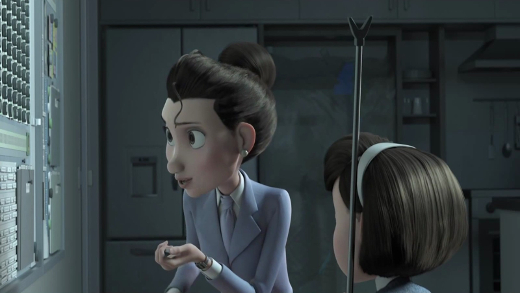
However, by making the central motto of the film the joys of children wonder in contrast with the modern alienation of the grown-ups (a theme that he brilliantly explored in his own short, More) Osborne loses much of the original material of The Little Prince
The oddity of 'taming' an object you love, the vanity of the rose, the fragility of even the most wicked characters here comes as a collection of memes ready to be consumed as objects of non-alienation.
It seems as if The Little Prince has already solved its basic problem before it has ever begun: how not to forget. It then goes on repeating the message with the voice of the somewhat irritating Aviator (voiced warmly, though, by Jeff Bridges).
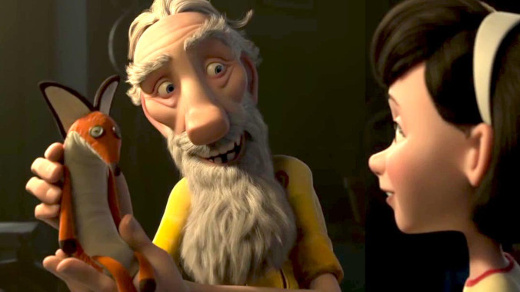
When the film decides to stay closer to its material (and it does) is heartwrenching, but for too short a period. One would imagine a whole film with the stop-motion segment of the little prince, in the episodic but lyrical manner of Abreu's much acclaimed Boy and the World.
Instead, The Little Prince is too timid to let this story develop. It is painful to watch the transitions between 3D animation and stop-motion, and not because of the artistry involved, which fulfills its purpose. It feels like the creative personnel won't let us really enjoy the magic of the little prince; nstead, they want to send us back to the main gloomy but predictable story, in the manner of the overbearing mother.
The little-seen French film Gwen, le livre de sable by Jean-François Laguionie (1985), another parable and adventure of the dearth of humanity and the unexplained, is a better guide of the direction The Little Prince could take.
For all the careful elaboration of the separate environments and the story-within-a-story, the film really wants to say: you can be a child again and fulfill your dreams.
Really admirable and fine to hear, yes, but which dreams precisely are at stake here?
Vassilis Kroustallis


